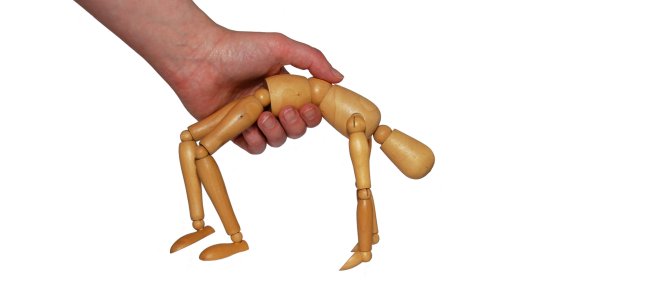There are currently more than 50 million people with epilepsy in the world. Only in Spain there are 40,000 affected by this disease. Since 2008, National Epilepsy Day or Purple Day is celebrated every May 24, based on the initiative of an 8-year-old Canadian girl and with the aim of informing and raising awareness among the population about precautions. What to take in case of epileptic seizures.

What is epilepsy
Epilepsy has its origin in a neurological disorder. Neurons residing in our brain transmit electrical and chemical signals when they function properly. When one of these discharges prevents the normal activity of the neurons because it is excessive and sudden, a crisis occurs. A single seizure does not mean that you have epilepsy; they must be recurring.
Types of Epileptic Seizures or Epileptic Seizures
What each epilepsy patient feels in a seizure varies depending on where the focus of the discharge is located. Before a crisis, some patients have sensations that alert them that the crisis is going to occur. These warnings are called an aura. They really are partial seizures before the full seizure and have the advantage that they allow the patient to take precautions and notify his companions.
Seizures or epileptic attacks last two minutes maximum; if not, you have to call the emergency room. If the focus of the discharge affects both sides of the brain, they are generalized seizures, while partial seizures affect only one side of the brain. They can range from brief moments of muscle wasting, resulting in falling to the ground, to stiffness, convulsions, and loss of consciousness. It is common that, after any of them, the patient suffers from tiredness and confusion
Epilepsy treatment
Drug treatment controls attacks in 75% of cases. Surgery may be necessary when the seizures are caused by a tumor or some other formation in the brain. In these cases the crises can disappear. Strong changes in routine, a lot of stress, pregnancy, consuming alcohol or getting sick, for example, increase the risk of seizures.
Precautions for epileptic people
People with epilepsy can lead a completely normal life, although they must take some precautions for their own safety. They should not drive or operate heavy machinery. It is also not convenient for them to carry out solitary activities such as climbing and other sports with which they can have an accident. To reduce the probability of seizures, patients should lead an orderly life, rest well, and not consume alcohol.
What to do in the event of an epileptic seizure
- In principle, an epileptic crisis does not require hospitalization or medical attention. When there is a crisis with disorientation and a lost look, you have to control the time and make sure that he is back to his full faculties before leaving him alone again. If he does not come to or the crisis lasts a long time, you must notify the emergency room.
- If it is a crisis with seizures, you have to remove everything against which the person can hit and wait for the crisis to end. Do not immobilize him or try to put anything in his mouth (despite what they say about putting something in his mouth so that they do not bite their tongues). Once the crisis has passed, the patient must be placed on his side, in case he vomits, and let him rest.
- You will need to call 911 if the crisis lasts more than two minutes, if he has been injured, if he does not recover afterwards, if he is breathing badly, if there is a pregnancy or if he has seizures again.
